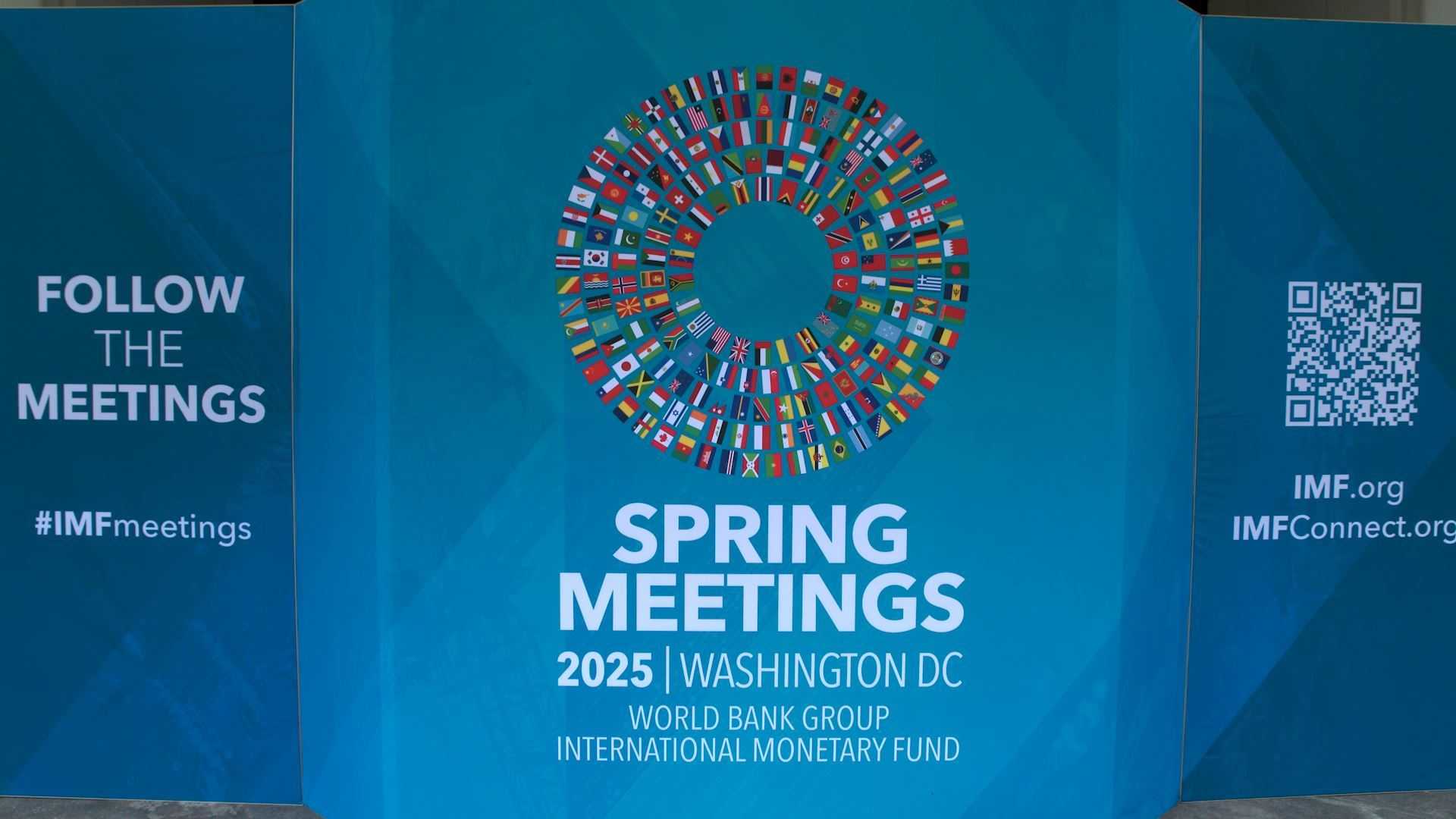Business
IMF Cuts Growth Forecast Amid U.S. Tariff Concerns

WASHINGTON, April 22 (Reuters) – The International Monetary Fund (IMF) announced on Tuesday a significant reduction in its global growth forecast, primarily driven by the impact of the United States’ recently implemented tariffs. The IMF now predicts global growth to be 2.8% for 2025, a drop from the previous estimate of 3.3%. This downward revision echoes heightened concerns surrounding trade policy uncertainties following President Donald Trump’s April 2 announcement of new tariffs on numerous trading partners.
The IMF’s executive summary described these tariffs as a “major negative shock to growth.” The forecasts were adjusted based on developments reported until April 4, which include the escalating trade tensions and tariffs that have recently reached 100-year highs. Although the IMF does not project a recession for the U.S., it increased the odds of a downturn from 25% to 37%.
In conjunction with the global growth forecast, the IMF has revised the U.S. growth outlook down to 1.8% for 2025, which is 0.9 percentage points lower than its prior estimates. Chief Economist Pierre-Olivier Gourinchas stated, “This on its own is a major negative shock to growth,” reflecting the overall damage anticipated from current trade policies.
The new report further estimates that U.S. inflation will rise to about 3% in 2025, marking a one percentage point increase from earlier projections. Stressing the impact of tariffs and persistent price pressures in the services sector, the IMF outlined that inflation dynamics in advanced economies, including the U.S., the United Kingdom, and Canada, contribute to this adjustment.
Gourinchas noted, “The common denominator… is that tariffs are a negative supply shock for the economy imposing them.” The uncertainties surrounding the permanence of these tariffs significantly influence central banks’ inflation management strategies, as seen in the U.S. and other advanced economies.
In addition to the bearish outlook for the U.S., Canada and Mexico also saw their growth forecasts downgraded to 1.4% and a contraction of 0.3%, respectively, for 2025. The Euro Area‘s growth is now projected at 0.8%, while China faces the same cut to 4% for both years, affecting its heavily export-dependent economy.
Gourinchas further elaborated on the implications of these trade tensions by emphasizing that the magnitude of adjustments needed for global trade practices now requires rethinking how countries engage with one another economically. “Restoring predictability and clarity to the trading system in whatever form is absolutely critical,” he asserted.
Despite the downward trends, some sectors might adapt. For instance, businesses may seek new avenues for growth, though the IMF remains concerned about the long-term outlook, suggesting that absent significant structural reforms, medium-term growth would remain lackluster.
“If we get an escalation of trade tensions between the U.S. and other countries, that will fuel additional uncertainty,” Gourinchas stated, potentially creating a ripple effect across various economies globally. The IMF underscored the fluid situation, warning that continued volatility in markets could exacerbate declines further.












